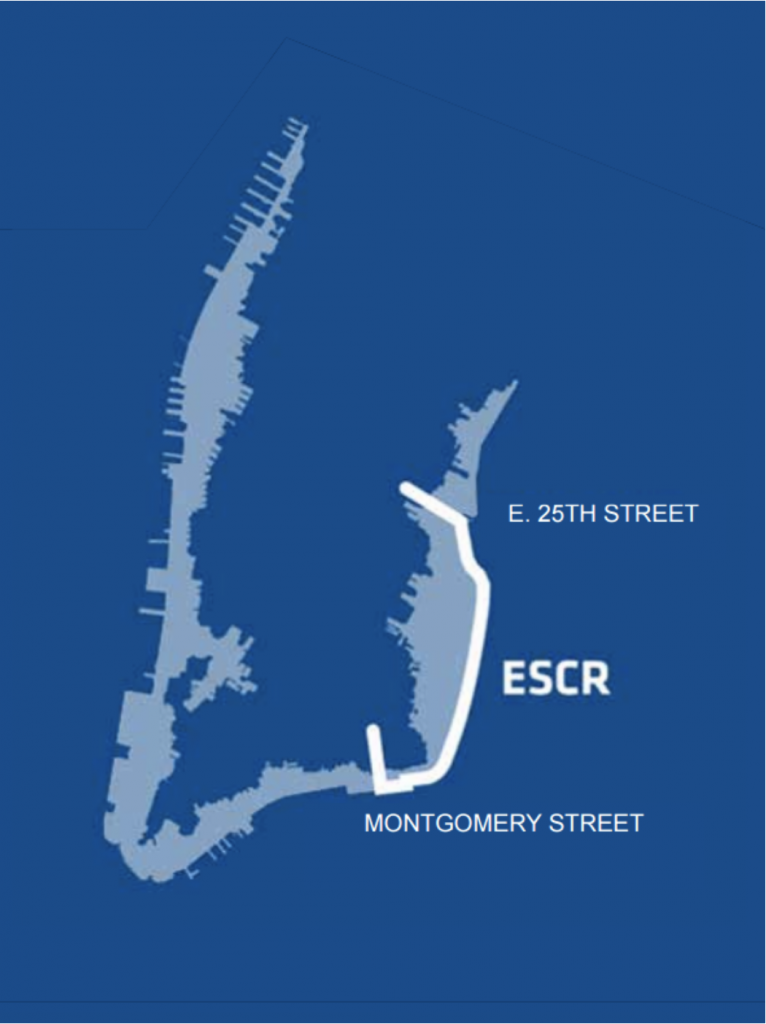“The Seas are Rising and so are We” – Ingrid Zuijdgeest
Distinction, 2019-2020

Abstract
New York’s infrastructural politics have systematically dismissed vulnerable and impoverished populations throughout history. The question is: why? In this project, the East River Park on the Lower East Side of Manhattan, New York is used as a case study to look at the definition of community and top-down governing. After Hurricane Sandy, the community (which is primarily lower and middle class) and the City created a flood prevention plan called “The Big U”. After years of consultation, the City went into radio silence and returned with a new project. “The East Side Coastal Resiliency Project” reflects the problematic relations between the political “wants” and the community’s “needs”. This paper analyzes the history of top-down governing, strategic climate change adaptations, the importance of community consultation and community mobilization. The paper also incorporates the voices of those who have and will be affected by the City’s new flood prevention plan and presents visuals of the park itself, through my personal photography. Although top-down governing is a contributing factor as to why vulnerable populations are continuously dismissed within the politics of development, it is also important to acknowledge the reconceptualization of defining “community”. The notion of community allows us to disregard hierarchical structures and the layers of needs involved with different social groups. By grouping our experiences into one, we are disregarding individual experiences – contributing to oppressive power structures.